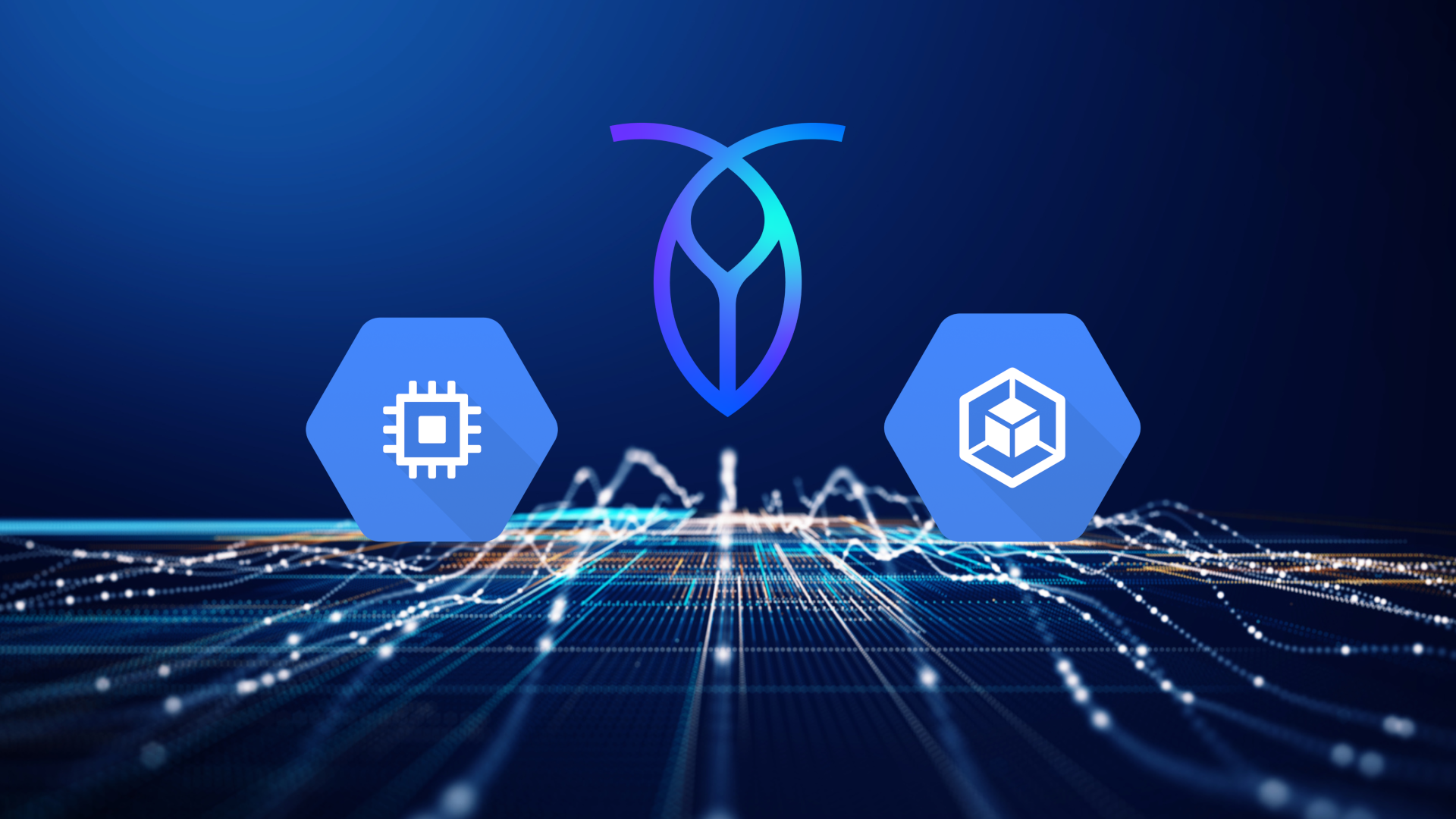The whole world is moving faster than ever, and technology in particular feels like it’s evolving at light speed. Turning over the calendar page to a brand new year is the perfect opportunity to pause in the midst of all this tumult and get our bearings. A sense of both, What just happened??? and What happens next? grants invaluable situational awareness, so let’s take a look at what happened during 2021…But, more importantly, gaze into the Cockroach Labs crystal ball 🔮 with us for three predictions about what 2022 holds in store.
2021 was the year of Kubernetes. 2022 is the year of Serverless.
Ring out the old: Kubernetes meets the mainstream.
In 2021 Kubernetes became fully established – undeniably “crossing the chasm” to widespread mainstream adoption. A recent report by Red Hat and Cockroach Labs showed that 94% of survey participants (including 54 Fortune 500 companies) run Kubernetes in production. Cloud native is simply how architecture is done now, and K8s is simply the technical standard for orchestrating distributed workloads.
If 2021 was the year that Kubernetes reached the Plateau of Productivity (signaling successful completion of the Gartner Hype Cycle of technology adoption), it was also the year that Serverless survived its journey through the cycle’s infamous Trough of Disillusionment phase. This past year, we heard grumbling that serverless has been overhyped. This was just the trough talking, though — serverless is a crucially better way to consume anything. Critics typically bashed the execution side of serverless, things like AWS Lambda or Google Cloud Run. However, these are all just products that mean you don’t have to manage VMs. Serverless is an approach, not a product: a cloud-native development model for building and deploying applications.
Bring in the new: Serverless reaches critical mass
In 2022, we believe Serverless will burst into the next phase: the Slope of Enlightenment. The evidence of how Serverless benefits the enterprise has become overwhelming, and products supporting and easing serverless adoption are proliferating. The Red Hat/Cockroach Labs 2021 Trends Report shows that, of organizations surveyed, 88% are already using Serverless in production or are actively moving to do so.
We predict 2022 is the year that Serverless finally reaches critical mass, approaching mainstream acceptance as the best practice model for how software development is done now.
In 2022, developers gain decision-maker status in large and/or traditional waterfall companies.
We’ve been talking for several years about developers gaining bottom-up influencer status for technology adoption in organizations, and we are definitely seeing this happening now in start-ups and smaller businesses. However most large companies, or companies of any size still relying on a traditional top-down decision making hierarchy, don’t seem to have gotten the developers-as-influencer memo. We predict 2022 is the year devs begin getting their due from senior management at larger/more traditional waterfall orgs. The reason? Serverless.
Serverless lets developers use the cloud native infrastructure stack without being bottlenecked by complexity. They won’t be responsible for standing up, monitoring, and running applications and can instead simply focus on creating business logic and, above all, value. As a logical result of driving faster iteration and innovation, thanks to Serverless, developers will begin to take on more of the decision-maker role. Traditionally segmented developer roles will start to blur, merging expectations regardless of speciality. It is this next generation of agile developers that will drive innovation and become the most influential people in the tech arm of companies.
Looking even further ahead, the most successful organizations of the next five to ten years will be those that empower developers to have a say in the decision making process and authority to bring in the tools they want to use. As we look to 2022 and beyond, the most relevant products and services will be the ones that resonate with these developers and supercharge their output…And smart executives at every organization will take note and start to build strategy around what their devs are doing.
Serverless relational databases-as-a-service will accelerate transactional data’s move to the cloud
In 2021 we saw a firm shift toward companies using cloud analytics databases (data lakes/warehouses) as a standard service in the enterprise. However, many of the world’s biggest orgs have been reluctant to follow suit with their Online Transactional Processing (OLTP) databases.
Traditionally, companies in highly regulated sectors like information security and financial services dedicate significant resources to managing systems of records internally to avoid legal and regulatory headaches. However, 2022 will see a strong trend toward wider adoption of service-based OLTP database offerings. This is propelled by widening recognition that legacy databases are a bottleneck in modern cloud native application architecture, both operationally and in terms of innovation and agility. Approachable cloud relational database-as-as-service is abundantly available — including Serverless options that offer inherent reliability and scalability paired with consumption-based billing.
These three predictions add up to one overarching theme: In 2022, the future of Serverless is now.
The Cockroach Labs 2021 Greatest Hits
2021 has been a huge year here at Cockroach Labs. We raised two rounds of funding, released a Serverless version of CockroachDB, and saw massive user growth. If you’re interested in learning more about Cockroach Labs check out our most popular 2021 content below. And if you’re interested in joining us at Cockroach Labs you can check out all our open roles here.




